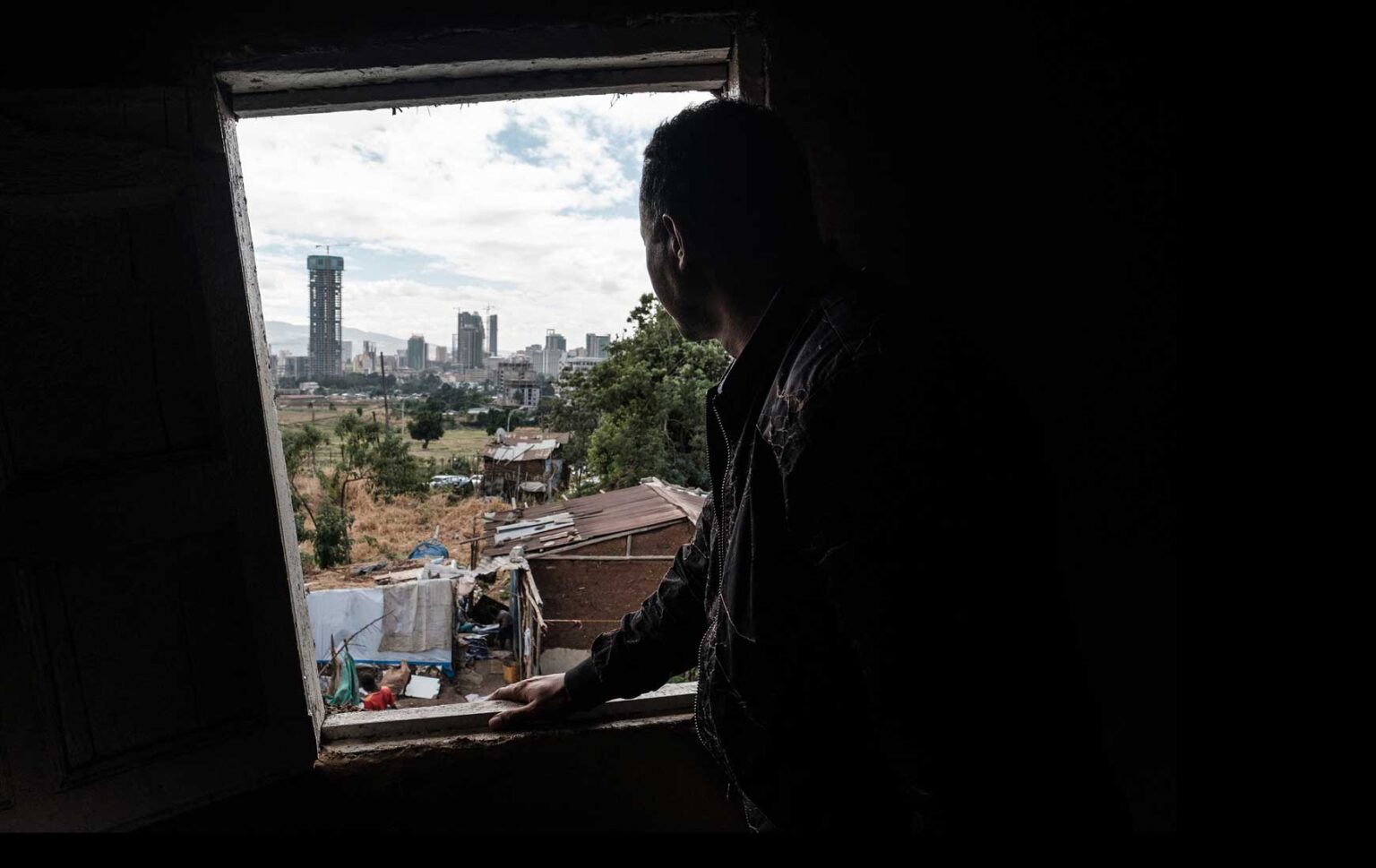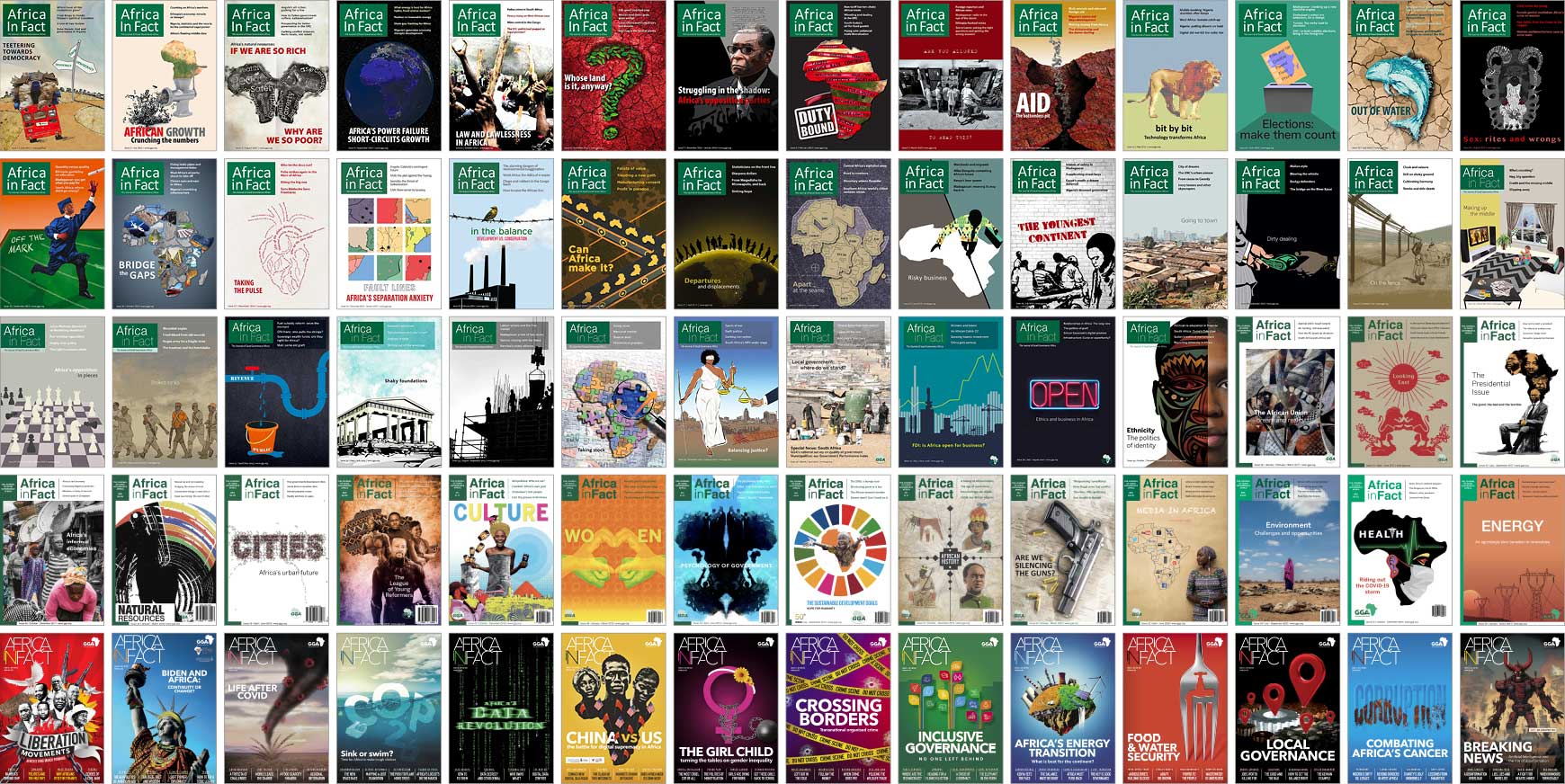Ethiopia is one of the least urbanised countries in the world, with only one-fifth of its population living in urban areas – a figure that is low even by sub-Saharan African standards.
However, the country is also experiencing one of the highest urbanisation rates in the world, with an average growth rate of 4.7% per annum, according to recent World Bank estimates. This rapid growth is primarily driven by a natural population increase and, more importantly, internal migration, which accounts for nearly half of the World Bank estimate.
As in other parts of Africa, declining farmland, limited employment opportunities, and the combined effects of drought and conflict continue to push rural populations into urban areas. This trend is expected to accelerate, potentially tripling the urban population by 2037. While this demographic shift presents a significant opportunity for structural transformation, it has not been matched by proportional economic growth, often exacerbating urban socio-economic challenges.
Addis Ababa, the capital, is the country’s biggest city, with an estimated population of four million, representing more than 17% of Ethiopia’s total urban population. This figure is nearly 10 times greater than that of the second most populous city in the country, highlighting the uneven pace of urbanisation.

In addition to rural-to-urban migration, reclassifying rural villages as urban areas and expanding urban boundaries over the past decades have contributed to Addis Ababa’s population growth. This unprecedented increase has placed significant pressure on the city’s ability to provide urban services, particularly affordable housing. With an annual growth rate of 3.8%, Addis Ababa’s population is projected to exceed five million by the 2030s, intensifying the demand for affordable housing.
According to the World Bank and UN-Habitat, Addis Ababa’s significant housing deficit manifests in various ways. New household formation, the need to replace existing housing stock, and an insufficient supply of residential land and housing have all contributed to an acute shortage.
A World Bank projection (2019) indicates that Ethiopia will require about 486,000 housing units per year from 2025 to 2035 to meet urban housing demands, while the actual supply is estimated to be only about 165,000 units annually. A large portion of this shortfall is concentrated in Addis Ababa. Although precise data is lacking, various estimates suggest that the city’s housing deficit exceeds 140,000 units annually. This is exacerbated by challenges in urban governance, which have hindered effective responses to rapid population growth, particularly regarding land provision, financing, and infrastructure.
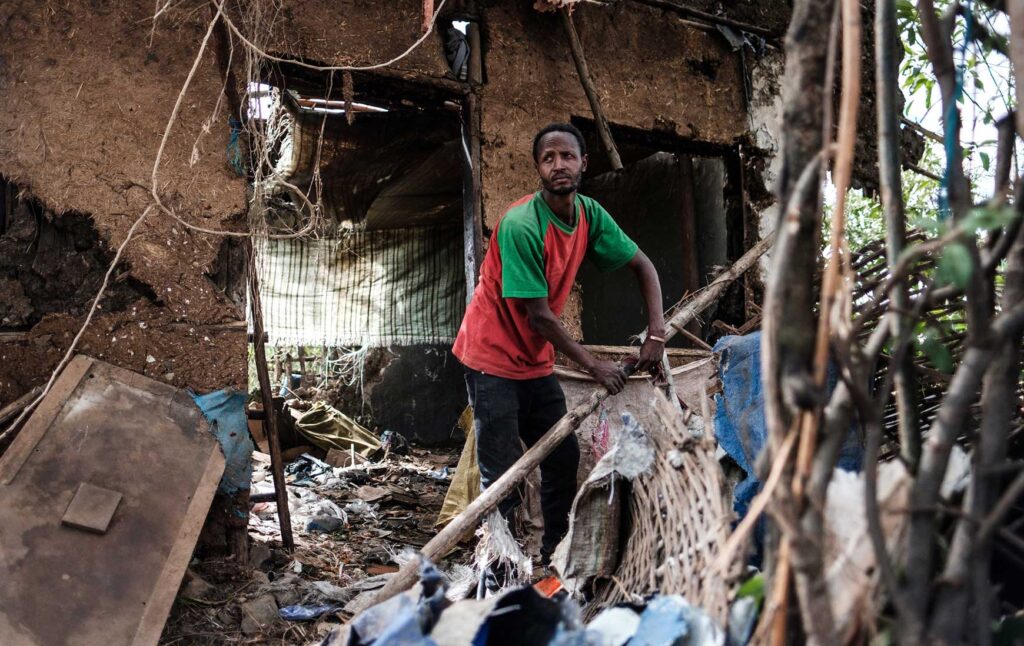
Reports indicate that Addis Ababa is one of the African cities facing the highest levels of housing stress, characterised by high housing costs relative to household incomes and persistent “housing poverty”. Access to formal housing options, including cooperatives, privately owned homes, real estate, and government housing through the Integrated Housing Development Programme (IHDP) – remains out of reach for a large segment of the city’s population. This affordability gap is influenced by a weak housing finance system and insufficient household incomes to cover the costs of formal housing, including rent.
Additionally, cooperatives and private developers primarily cater to middle – and high-income households, leaving a considerable void for low-income residents. UN-Habitat (2017) reports that a substantial proportion of the city’s residents spend more than the widely accepted maximum of 30% of their income on housing, whether for rent or mortgage payments.
Limited access to housing and lack of affordability have led to the proliferation of informal housing and slums, which comprise one-third of all Addis Ababa dwellings. A recent Habitat for Humanity report says about 80% of housing in Addis is in these categories.
In a city where a significant portion of the population lives below the poverty line, the primary shelter option for low-income households has been Kebele housing – units that were nationalised after the 1975 socialist revolution and are currently managed as government rental properties. These old units, typically constructed from mud and wood and of low quality, represent more than 30% of the city’s housing stock. Although the rent for these subsidised units is considerably lower than market rates, many recent migrants are unable to access them due to long-term occupancy.
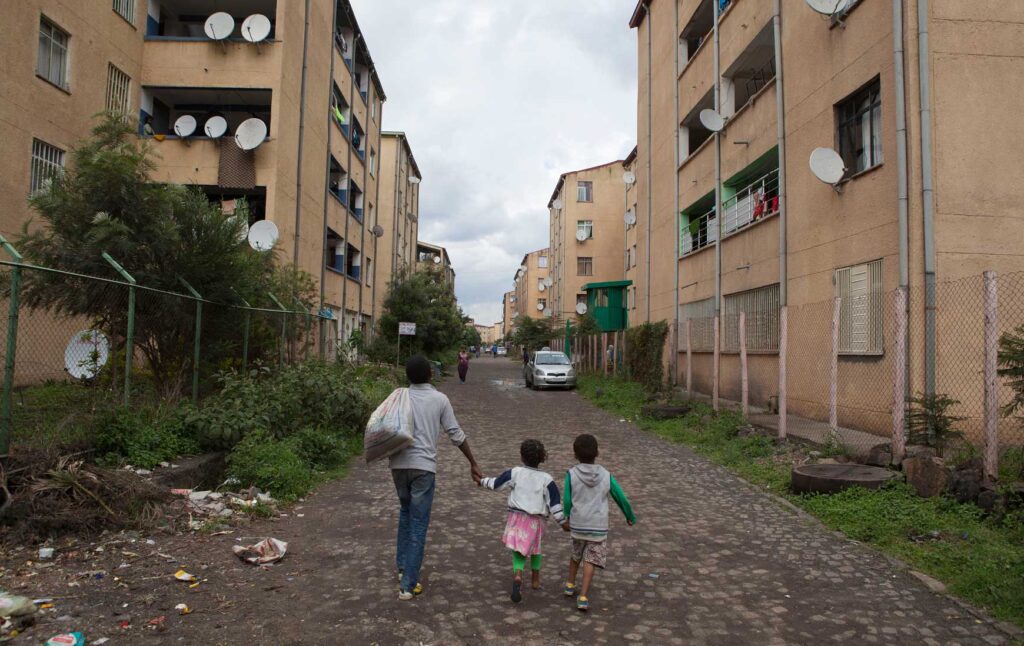
Housing poverty in Addis Ababa is also affected by qualitative deficiencies, such as overcrowding and a lack of essential amenities, which urban experts often juxtapose with the city’s status as a diplomatic hub. According to a World Bank report (2019), over 70% of the country’s urban housing stock fails to meet UN Habitat standards, lacking durability, adequate space, and security of tenure. A significant portion of the city’s housing stock is thus in desperate need of replacement, and while Addis Ababa has initiated urban renewal projects to replace deteriorating homes, progress is slow compared to the backlog and growing demand for affordable housing. Considering these factors, the Addis Ababa City Structure Plan (2017-2027) projected that 1.2 million houses would be needed by 2017 to address the city’s backlog, yet progress remains far from the target.
Ethiopia’s urban housing policy has evolved over decades, primarily characterised by government-led housing supply as the main provider of affordable homes. In response to the growing housing crisis, the government launched the ambitious Integrated Housing Development Programme (IHDP), often cited as a large-scale, “pro-poor” initiative to provide affordable housing to low- and middle-income urban residents. Initiated under the Urban Development Policy in 2005, the programme seeks to increase the housing supply for low-income households and create job opportunities for micro- and small enterprises.
In an article published in Housing Studies journal in November last year, researchers Zhengli Huang, Tom Goodfellow and Meserate Kassahun Desta noted that this ambitious programme had built more than 300,000 subsidised condominium units, with more under construction, significantly raising the housing stock in Addis Ababa.
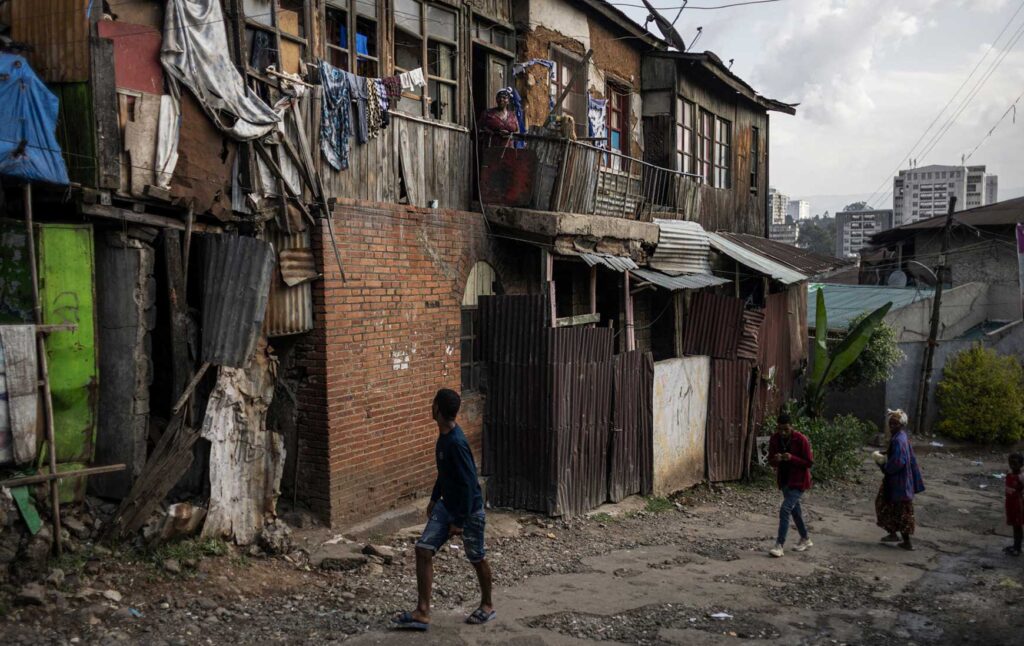
However, housing experts have raised concerns about the programme’s assumption that it effectively targets the urban poor. Critics say that the 20% down payment required and high monthly mortgage payments make even the smallest condominium units unaffordable for the bottom 40% of the population based on their income levels. Consequently, many excluded households have chosen to rent out their allotted condominiums to generate income and cover mortgage payments. These affordability issues, along with misplaced subsidies and a financing approach that strains the city government’s capacity, render government-led housing supply unsustainable.
Building on the lessons from the IHDP, the Growth and Transformation Plans (GTP I and II, 2010-2020) embarked on a strategy to provide highly subsidised housing for the “poorest of the poor” by reducing payments and interest rates. In addition to constructing thousands of houses, the GTP has encouraged private sector and cooperative housing development to complement the government-led condominium scheme. This effort was succeeded by a more recent public-private partnership housing development initiative, which aims to build millions of homes under the Ten-Year Perspective Development Plan (2021-2030). Despite these significant efforts, housing supply strategies have yet to reach the lowest-income populations effectively.
At this point, the housing deficit is anticipated to grow due to projected population growth and urbanisation. Lessons learned from the IHDP demonstrate that government-led housing initiatives often fall short of meeting the demand for affordable housing, primarily due to inefficiencies in urban governance and poorly allocated subsidies. To effectively address this issue, a strategic public-private partnership is essential for developing inclusive and diverse housing finance solutions that cater to the needs of the majority. Furthermore, it is important to implement urban housing policies that focus on upgrading informal settlements and promoting innovative, cost-effective housing models to effectively tackle the challenges.

Dereje Tesema
Dr Dereje Tesemaisan Associate Programme Officer at Good Governance Africa-Horn of Africa Regional Office in Addis Ababa, Ethiopia.He holds a PhD from Ghent University (Belgium) focusing on internal displacement and resettlement in Ethiopia.Before joining GGA,Derejeworked with various organizationsas a researcherinurbandisplacement governance,enhancingconflict response, and fosteringmeaningful civic engagement.

